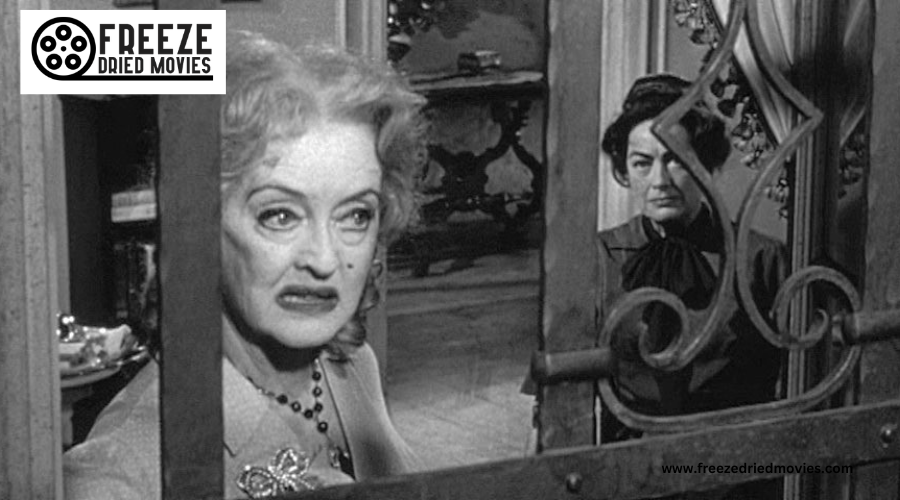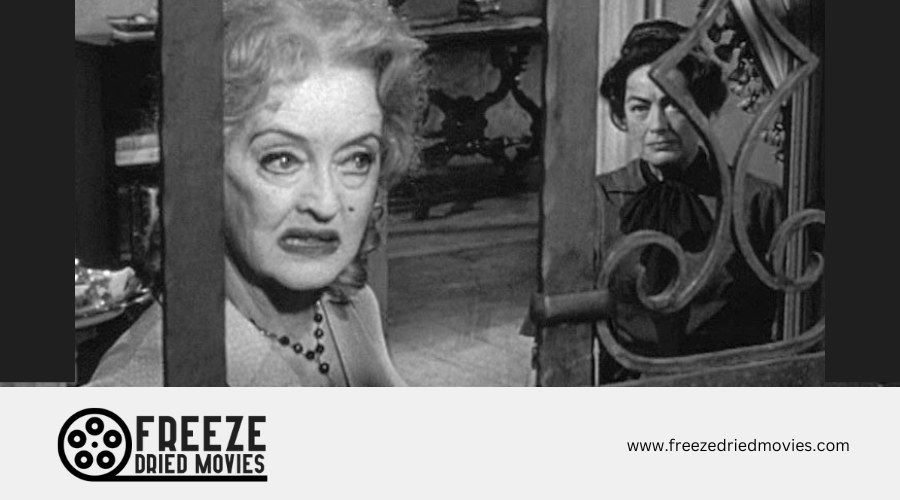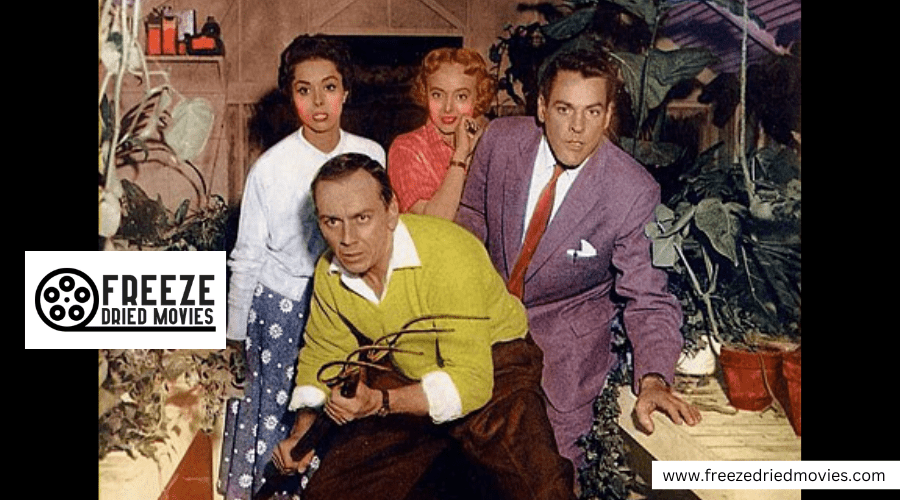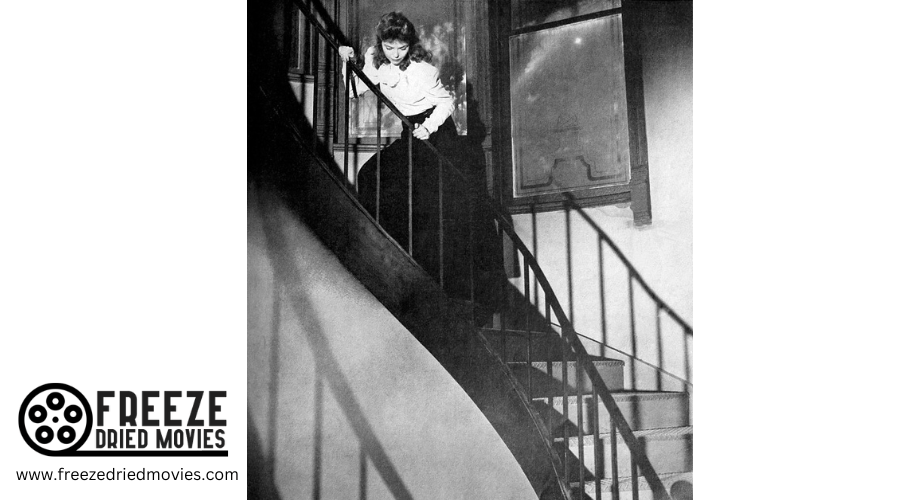Cult Classics: Unearthing the Underground Horror Gems of the 1960s
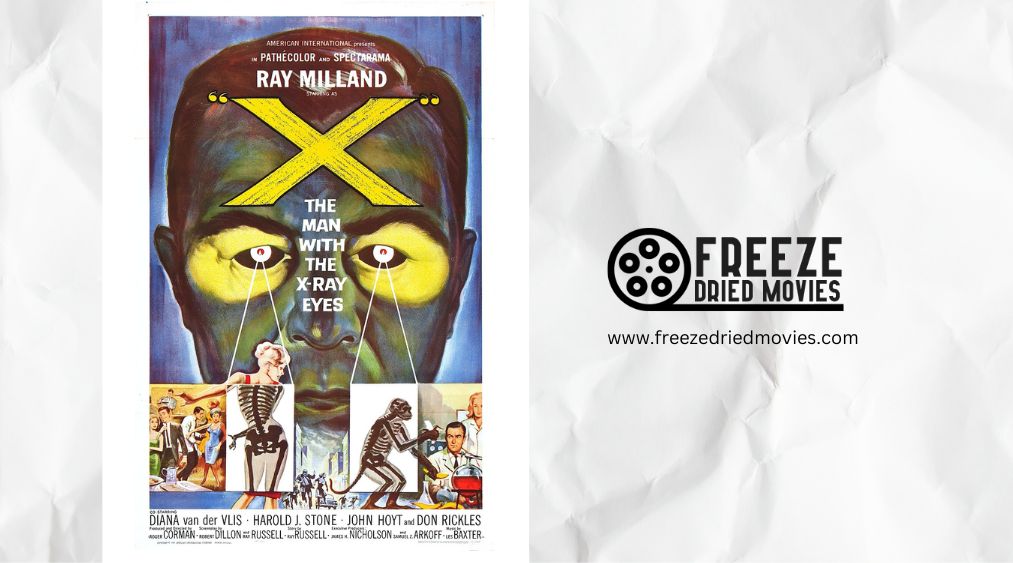
In the 1960s, you'll uncover a bold wave of underground horror that redefined the genre through psychological terror and guerrilla filmmaking. Visionaries like Polanski, Bergman, and Bava challenged Hollywood's formula with dreamlike atmospheres and unsettling narratives. These low-budget cult classics tackled controversial social issues while pioneering innovative camera techniques and practical effects. Beyond the mainstream, a world of daring independent horror waits to shatter your perception of what's possible.
The Rise of Psychological Terror in 1960s Underground Cinema
While mainstream horror films of the 1950s relied heavily on monsters and supernatural threats, the 1960s ushered in a new wave of psychological terror that would forever change the domain of underground cinema.
You'll find groundbreaking directors like Roman Polanski challenging your perception of reality through the lens of a damaged man's psyche, while visionaries like Ingmar Bergman crafted haunting tales that blur the lines between killer and victim.
These years marked a crucial shift from traditional House of Horror tropes to deeply psychological narratives that earned cult classic status. Whether you're exploring Virginia Woolf-inspired madness in Repulsion or the voyeuristic darkness of Peeping Tom, this influential group of films continues to unsettle audiences by exposing the monsters that lurk within the human mind.
Following in the footsteps of Alfred Hitchcock's innovations, these psychological thrillers laid the foundation for what would eventually become the slasher genre.
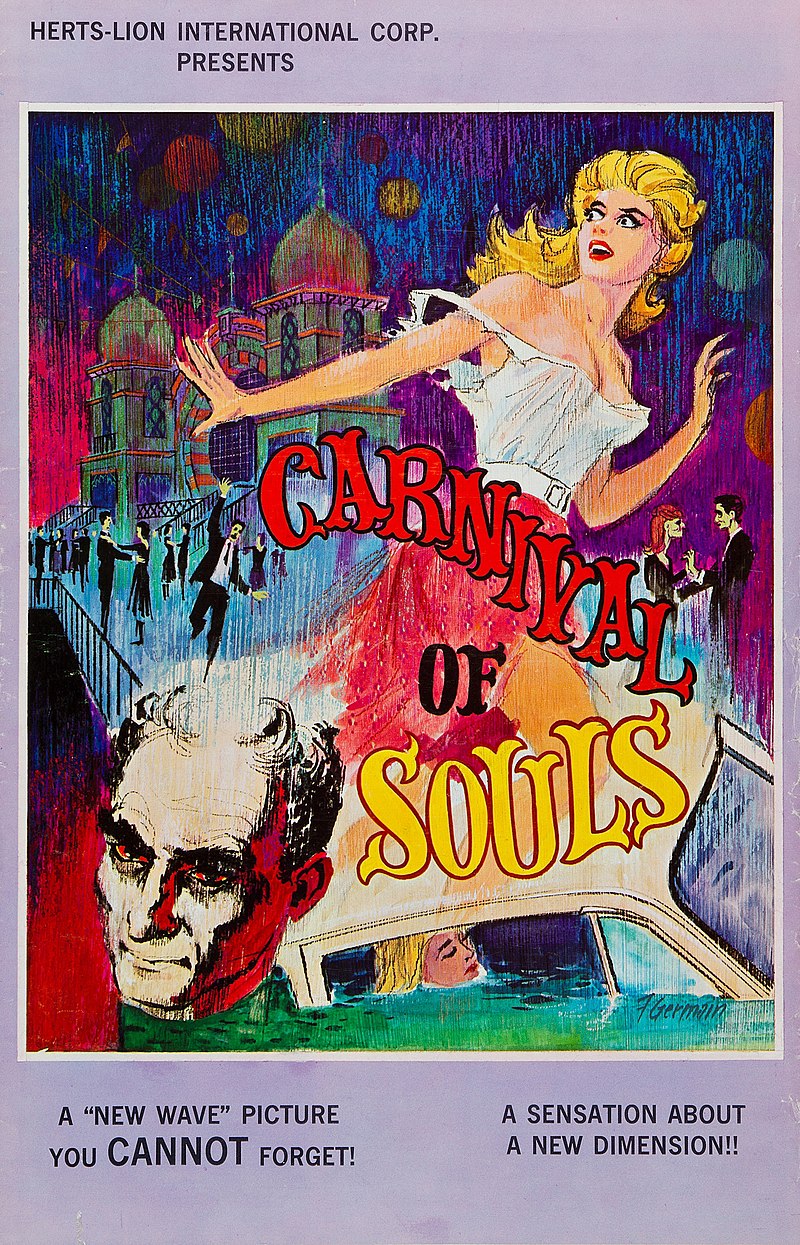
Gothic Horror's Evolution Beyond Studio Constraints
Liberation from major studio control sparked a gothic horror renaissance in the 1960s, as independent filmmakers crafted bold new visions that surpassed, exceeded, or went beyond traditional genre boundaries. You'll find this creative freedom exemplified in atmospheric authorities like Carnival of Souls and The City of the Dead, where gothic themes merge with psychological horror in ways previously unexplored.
Directors like Mario Bava and Roger Corman revolutionized the genre through innovative lighting and camera techniques, creating dreamlike experiences that would influence horror cinema for decades. These pioneers proved that independent horror could push artistic boundaries while exploring the depths of human consciousness.
Films like Peeping Tom and Repulsion demonstrated how gothic elements could evolve into more complex psychological narratives, forever changing how you experience horror on screen.
Much like the non-linear narratives found in arthouse cinema, these gothic horror films challenged conventional storytelling methods to create unsettling yet profound viewing experiences.

新藤兼人
International Impact on Low-Budget Horror Filmmaking
The international horror scene of the 1960s redefined what filmmakers could achieve on modest budgets. You'll find pioneering directors like Bava, Herk Harvey, and Kaneto Shindô crafting influential works that surpassed their financial constraints through innovative storytelling and striking visuals.
The rise of Italian giallo films brought stylized violence and complex murder mysteries to global audiences, while Britain's Hammer Horror productions, featuring Christopher Lee and Peter Cushing, proved that independent studios could create captivating supernatural narratives. These films found their audience through expanding global distribution networks and the emergence of midnight movie screenings.
Together, they sparked a creative revolution that showed you didn't need Hollywood budgets to make impactful horror. These boundary-pushing works continue to inspire filmmakers who want to achieve maximum impact with minimal resources. Following in the footsteps of pioneers like Roger Corman, who mastered The Corman Method of blending resourcefulness with audience trends, these international directors proved creativity trumps budget constraints.
Breaking Taboos: Independent Horror's Social Commentary
Independent horror films of the 1960s dared to venture where mainstream cinema feared to tread, tackling controversial social issues through the safe distance of genre storytelling. In films like Carnival of Souls, director Herk Harvey investigated mental illness, while John Llewellyn Moxey's The City of the Dead probed into witchcraft and religious persecution. Roger Corman's X: The Man with the X-Ray Eyes warned of unchecked scientific ambition.
You'll find these filmmakers didn't shy away from moral grey areas, instead using their limited budgets to challenge societal norms head-on. Their social commentary resonated through unsettling narratives that left audiences questioning their own beliefs.
These pioneering directors proved that horror could be more than just scares - it could be a powerful vehicle for confronting uncomfortable truths about human nature and society.
Technical Innovation in Guerrilla Horror Productions
Resourceful directors of 1960s underground horror turned technical limitations into creative advantages, pioneering guerrilla filmmaking techniques that would influence generations to come. You'll notice their trademark psychological tension in films like "Eyes Without a Face," where handheld cameras and natural lighting created a chiaroscuro black aesthetic that rivals Hopper's paintings.
From "Night of the Living Dead" to "The Haunting of Hill House," these filmmakers maximized limited resources through clever editing and sound design. They'd reuse wax museum sets and practical effects across multiple productions, while a film about someone who nurtures a plant monster could share locations with a Karloff horror vehicle. Their innovative approach to filmmaking proved that creativity, not budget, determines a film's lasting impact.

